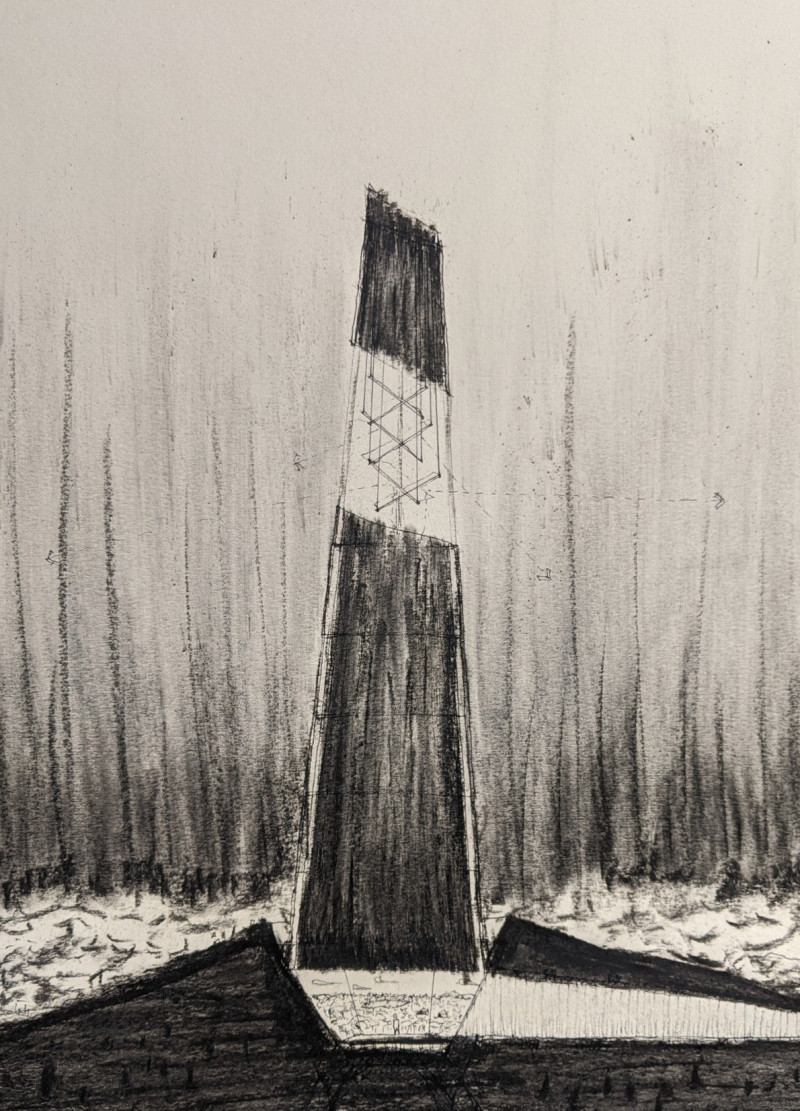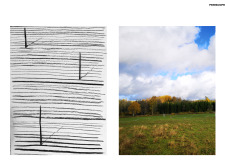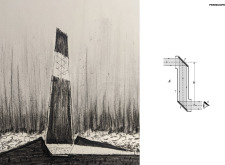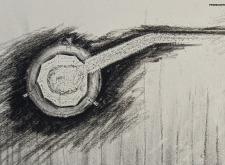5 key facts about this project
Design Intent and Unique Features
One of the distinct aspects of this project is its innovative approach to material selection. The design incorporates a blend of concrete, glass, steel, and potential natural materials such as wood or stone, which work in concert to create a visual dialogue with the environment. The concrete offers structural integrity and durability, while glass elements promote natural light and picturesque views, enhancing the user experience. This combination allows for flexible use of space and adaptability in various environmental conditions.
The architectural form embraces both horizontal and vertical elements, challenging traditional architectural norms. By incorporating a tower-like feature alongside more expansive horizontal planes, the project establishes a visual hierarchy that captures attention and draws the eye upwards, creating a dynamic relationship with the sky. The asymmetrical shapes and varying plane orientations guide movement throughout the structure, inviting occupants to explore different levels and perspectives.
Spatial Organization and Functionality
The spatial organization within the design is carefully considered to promote functionality and movement. The layout supports both individual and communal interactions, providing distinct areas for gathering as well as private contemplation. This duality is achieved through the strategic placement of open areas and semi-enclosed spaces that facilitate a sense of community without compromising individual privacy.
Attention to detail in the design is evident in the proposed architectural sections, which clarify the relationship between different levels and functions. The vertical connections are designed to enhance accessibility, contributing to a seamless flow within the building. Additionally, the orientation of the structure maximizes natural light throughout various times of the day, further enriching the interior experience for users.
The incorporation of outdoor spaces is another critical design component. These areas foster a connection with nature, allowing occupants to engage with the landscape while providing zones for relaxation and social interaction. This emphasis on outdoor connectivity underscores a growing trend in architecture that prioritizes ecological integration and sustainability.
Call to Action
For those interested in understanding the intricate aspects of this architectural design, including detailed architectural plans, architectural sections, and architectural ideas, further exploration of the project presentation is encouraged. Engaging with these resources will provide a deeper insight into the project’s conceptual framework and practical applications, showcasing how architecture can bridge the gap between human activity and natural environments.


























